Wildlife photography presents a unique set of challenges, and capturing images in low-light conditions is among the most demanding. Factors such as motion blur, loss of detail, and increased noise levels can make it difficult to achieve clear and compelling shots. Whether tracking deer in the pre-dawn hours or photographing owls at dusk, understanding how to work with limited light is essential for producing captivating wildlife images.
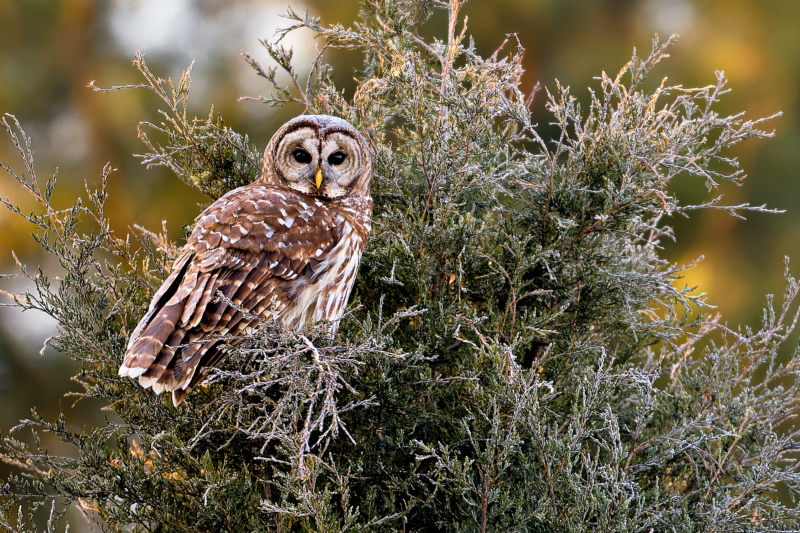
Best Times for Low-Light Nature Photography
The hours surrounding sunrise and sunset offer some of the most striking lighting conditions for wildlife photography. During these times, animals tend to be more active, providing an excellent opportunity to capture their natural behaviors. However, rapidly changing light conditions require swift adjustments to camera settings, including ISO, shutter speed, and aperture, to maintain image quality.
For a more hands-on look at how I manage ISO, stabilize long lenses, and focus accurately in the field, I break that down in my wildlife photography low light techniques post.
Optimizing Camera Settings for Dark Conditions
Managing ISO for Low-Light Photography
Successfully capturing wildlife in dim conditions requires balancing noise levels and shutter speed. While modern cameras can handle high ISO settings, increased ISO also introduces noise, potentially compromising image clarity. A good approach includes:
- For stationary subjects, an ISO range of 800-1600 can be sufficient.
- For moving subjects, increasing ISO to 3200-6400 may be necessary.
- Testing your camera’s high ISO performance in advance to understand its limitations.
Adjusting Aperture for Low-light Photography
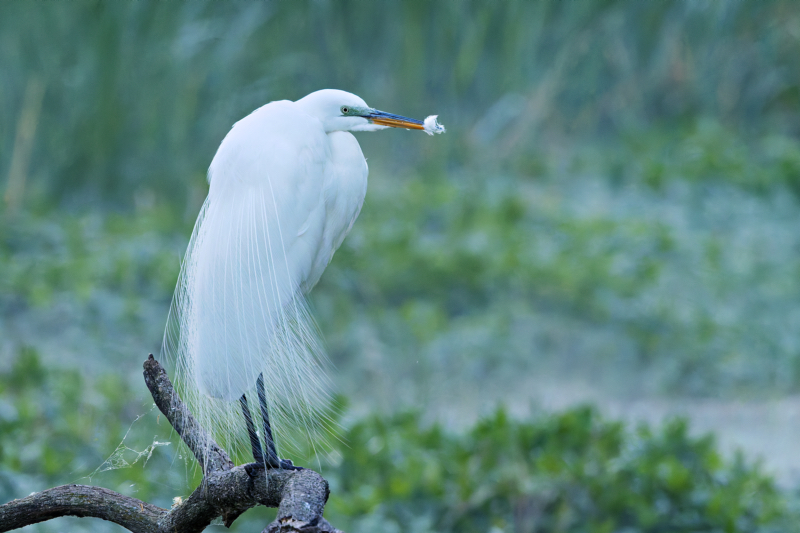
A wide aperture is critical for maximizing light intake in low-light situations. Investing in fast lenses with apertures of f/2.8 or wider can significantly enhance image quality.
- Use the widest aperture possible while maintaining the required depth of field.
- Keep in mind that very wide apertures can make focusing more difficult.
- Understand the trade-offs between depth of field and light-gathering capabilities.
Strategies for Shooting in Forested and Overcast Conditions
Finding Light in Forest Environments
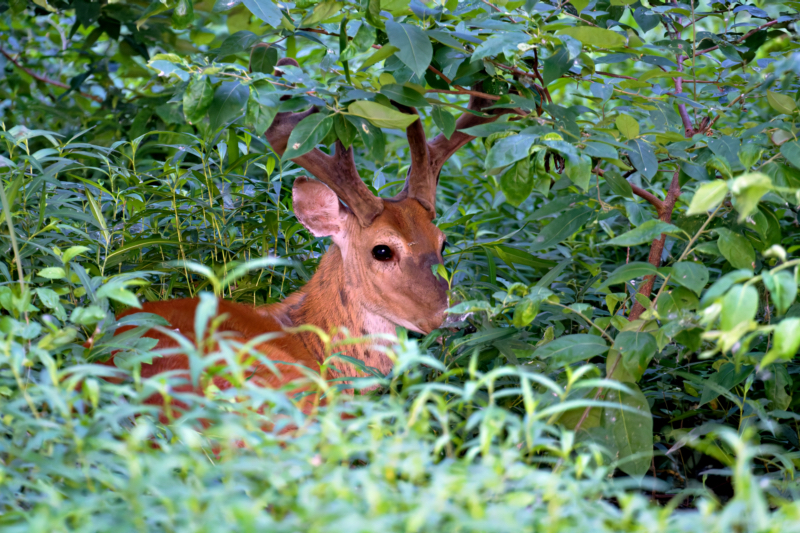
Dense forest canopies filter sunlight, creating additional challenges in low-light wildlife photography. Strategies to work around this include:
- Seeking out natural pockets of light filtering through the canopy.
- Positioning yourself to take advantage of any available light.
- Being patient and waiting for the subject to move into better lighting conditions.
Making the Most of Overcast Skies
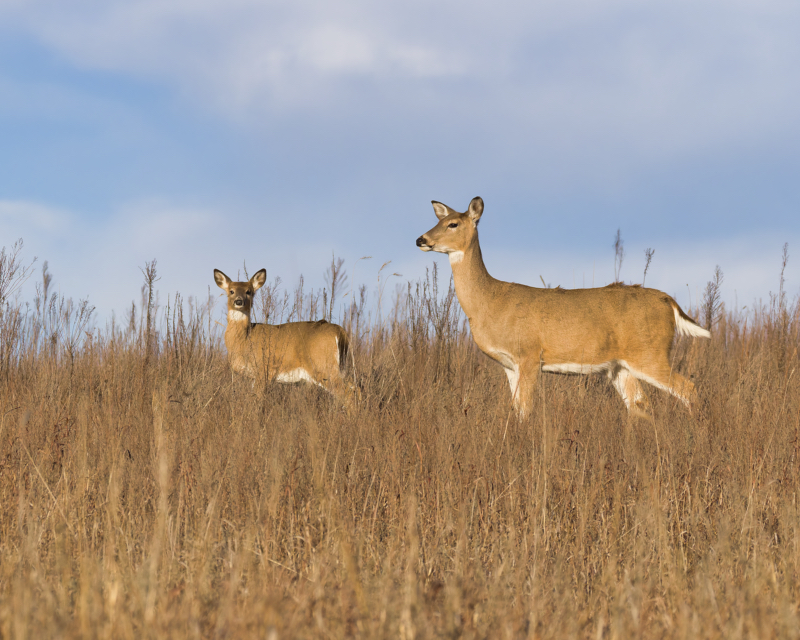
Overcast conditions provide soft, diffused lighting that minimizes harsh shadows and contrast, leading to more even exposures. Key considerations include:
- Slightly increasing exposure compensation to maintain detail.
- Monitoring your histogram to prevent underexposure.
- Using spot metering to ensure the subject is properly exposed.
Creative Techniques for Challenging Conditions
Utilizing Natural Reflectors
When shooting in forests or near water, use natural elements to reflect light onto your subject by positioning yourself so that the light bounces from these surfaces onto the subject. Experiment with angles to find the most effective lighting and avoid unwanted shadows.
- Water bodies and light-colored rocks can act as natural reflectors.
- Wet leaves may enhance lighting effects under the right conditions.
Incorporating Atmospheric Elements
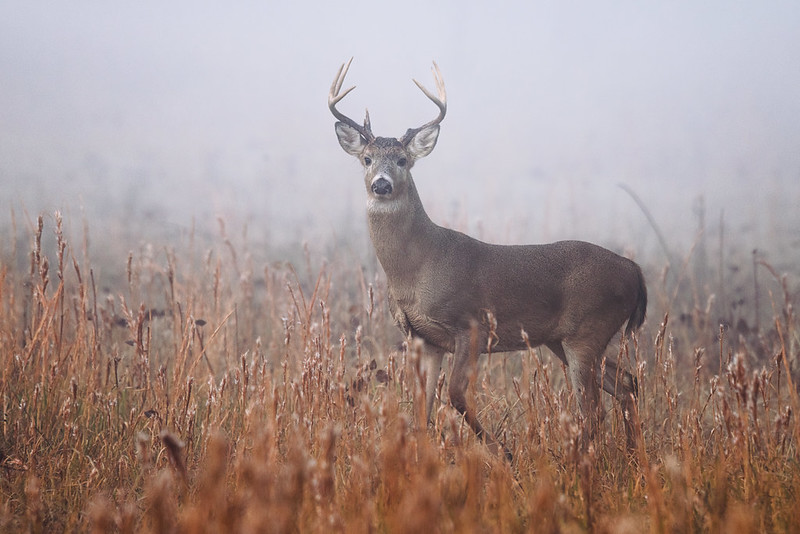
Instead of battling environmental conditions, use them creatively in your compositions:
- Fog and mist can add depth and mystery to images.
- Golden morning light piercing through mist enhances mood and drama.
- Backlit subjects create striking silhouettes.
Post-Processing Tips for Low-Light Photography
Achieving optimal results in low-light wildlife photography often requires post-processing adjustments using software such as Adobe Lightroom, Photoshop, or DxO PureRAW for noise reduction and detail enhancement. To enhance your images effectively:
- Shoot in RAW format to maximize editing flexibility.
- Apply noise reduction cautiously to balance detail and clarity.
- Use selective adjustments to preserve the scene’s natural atmosphere.
- Carefully mask highlights and shadows to maintain depth and contrast.
Essential Gear for Low-Light Wildlife Photography
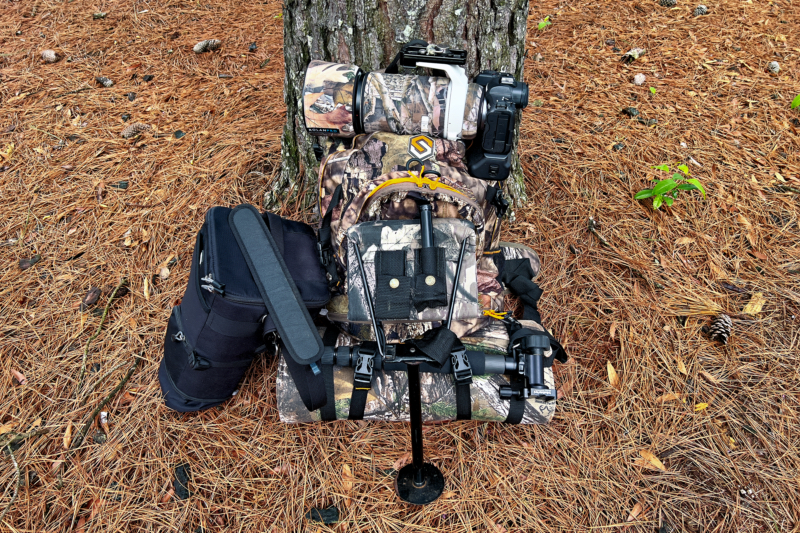
Beyond a capable camera and fast lenses, additional tools can help you manage challenging lighting conditions:
- A sturdy tripod to enable longer shutter speeds when necessary.
- A lens hood to prevent glare from angled light sources.
- Quick-release plates for swift and efficient camera movement.
- Weather-sealed equipment to handle moisture and unpredictable weather conditions.
Final Thoughts
Excelling in low-light wildlife photography requires patience, practice, and adaptability. While technical perfection is valuable, the emotion and story behind an image are often more impactful. A slightly grainy yet compelling moment can be far more powerful than a technically flawless but uninspiring photograph.
Mastering low-light wildlife photography involves understanding your equipment, refining your techniques, and adapting to different lighting conditions. By optimizing your camera settings, using creative lighting strategies, and applying effective post-processing techniques, you can enhance your ability to capture striking images. With persistence and experience, you’ll develop an instinct for navigating these challenges and producing compelling wildlife photographs, even in the most difficult lighting scenarios.
Tomorrow, we’ll dive into the nuances of using composition to enhance your wildlife shots. Stay tuned: Composition in Wildlife Photography: Key Techniques
